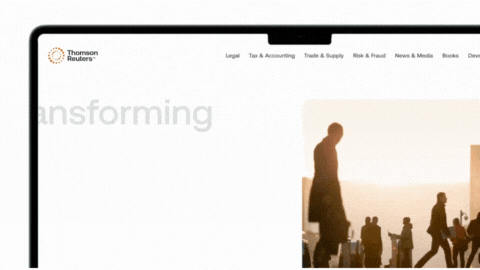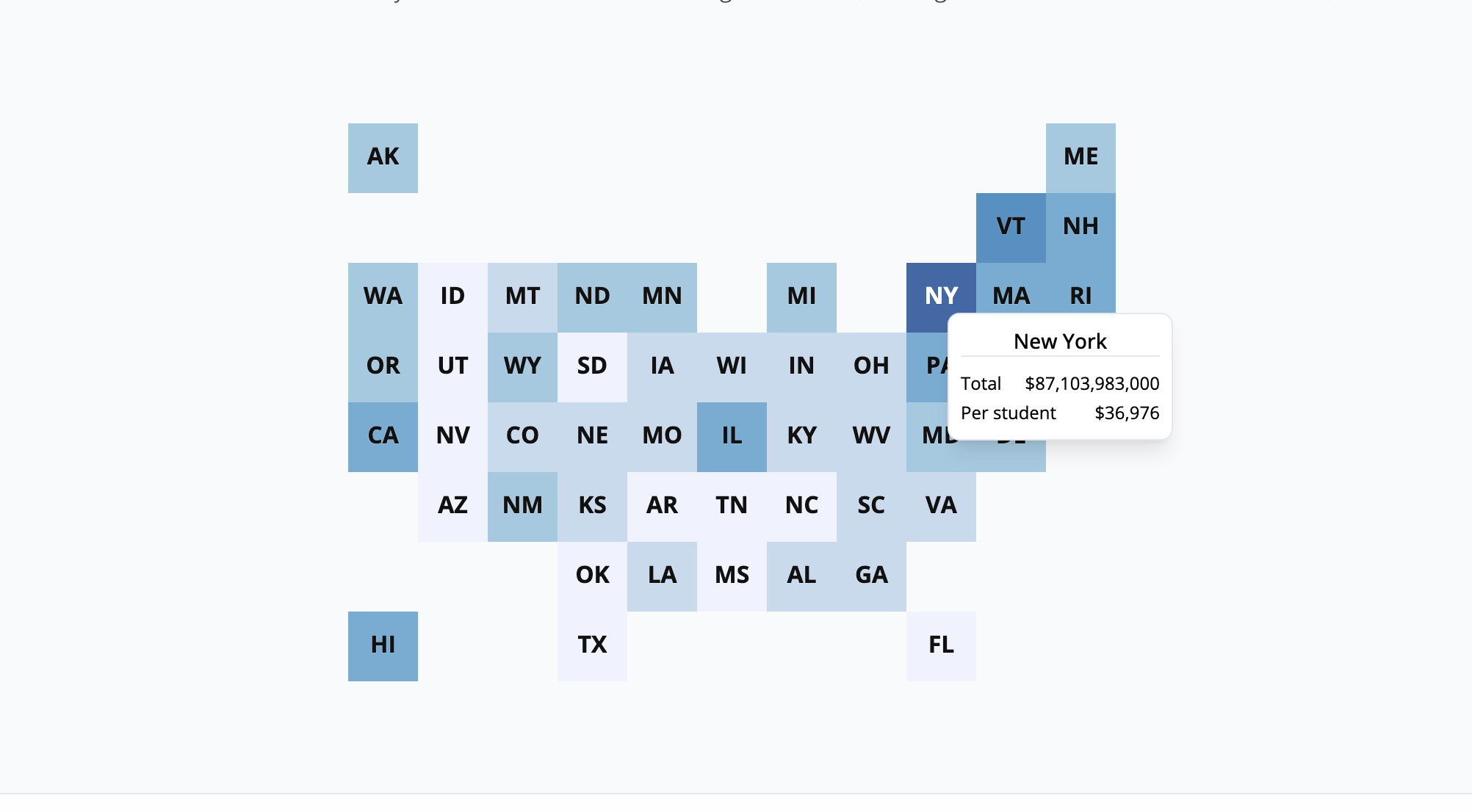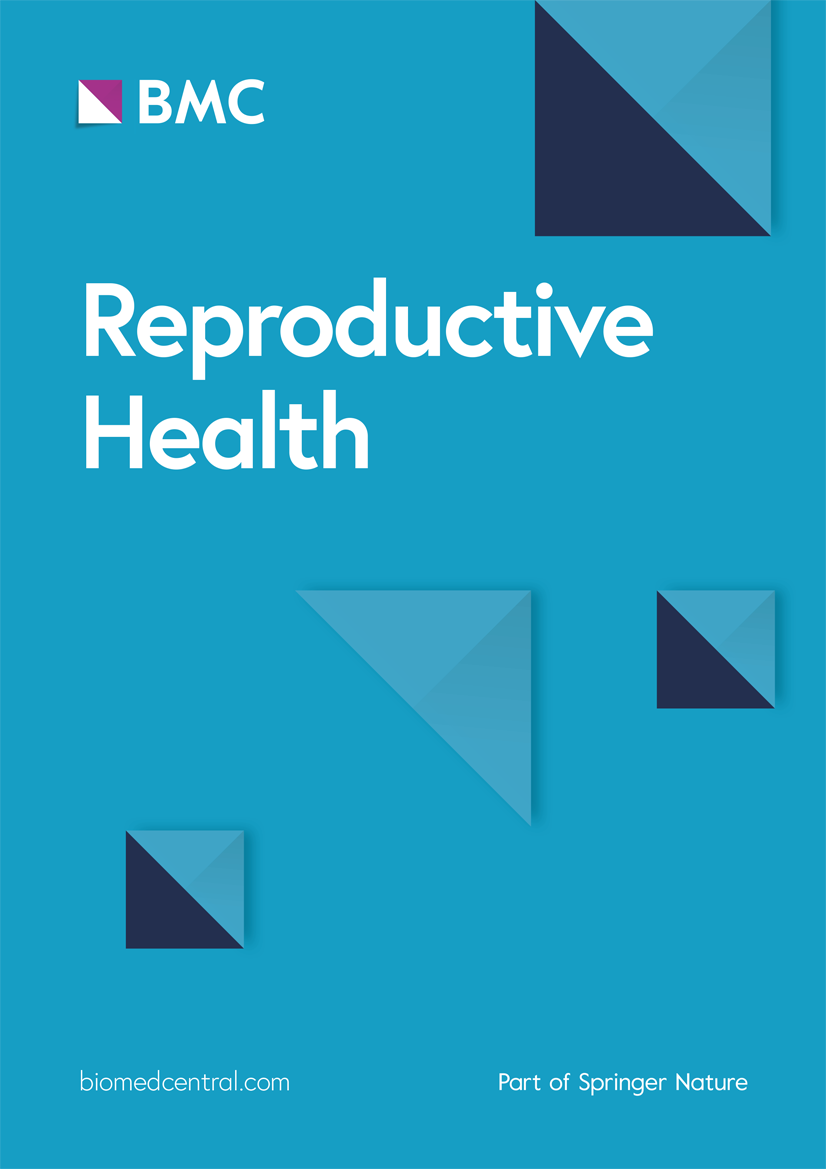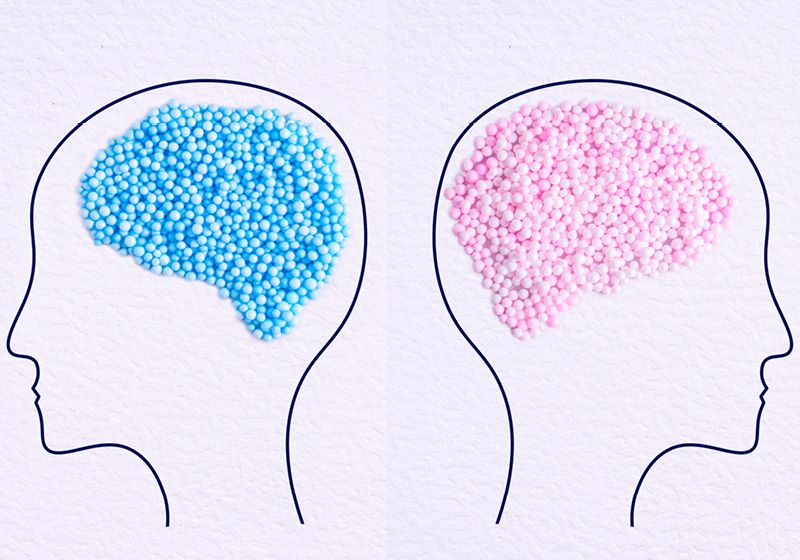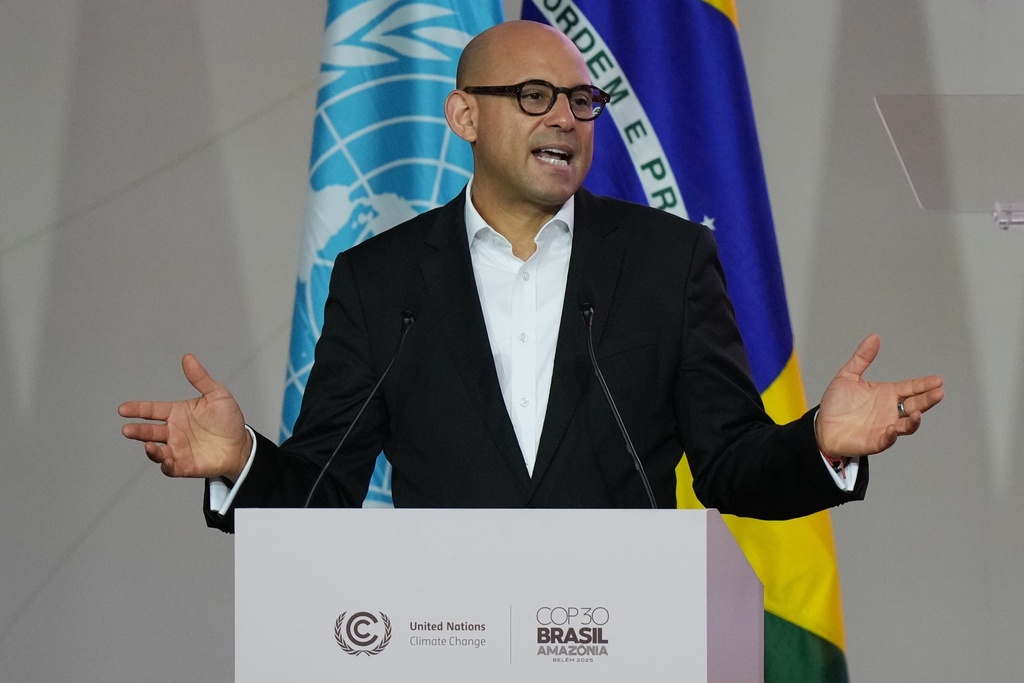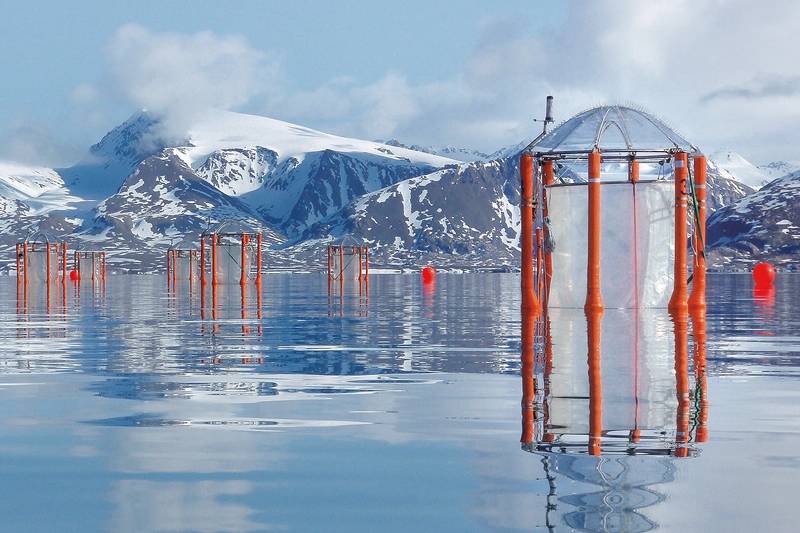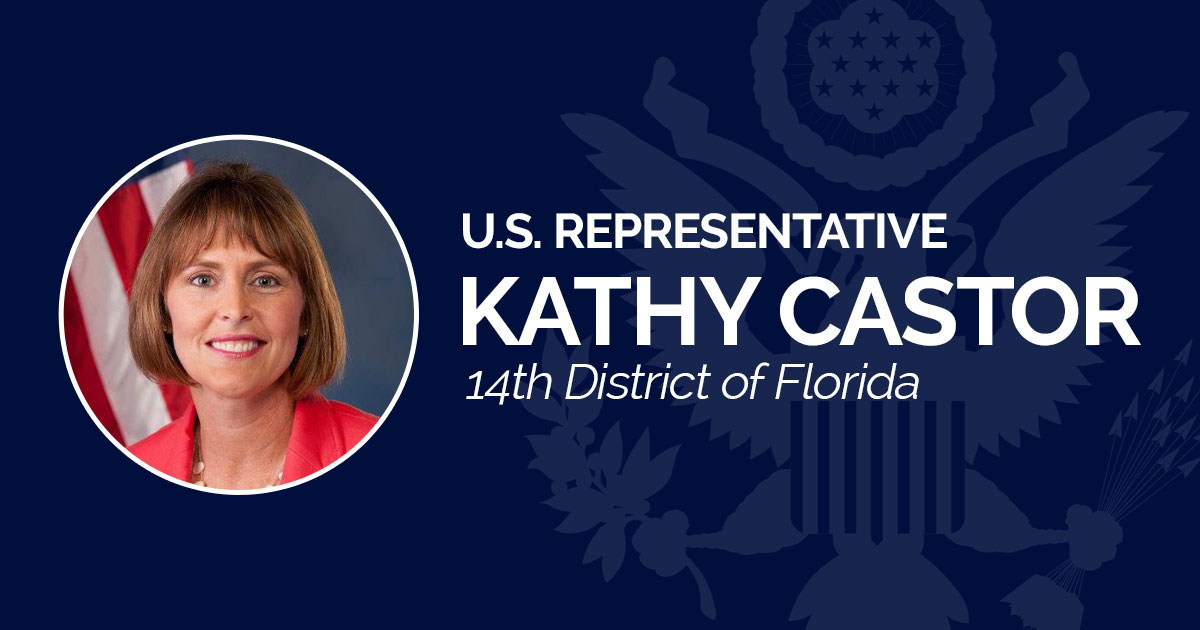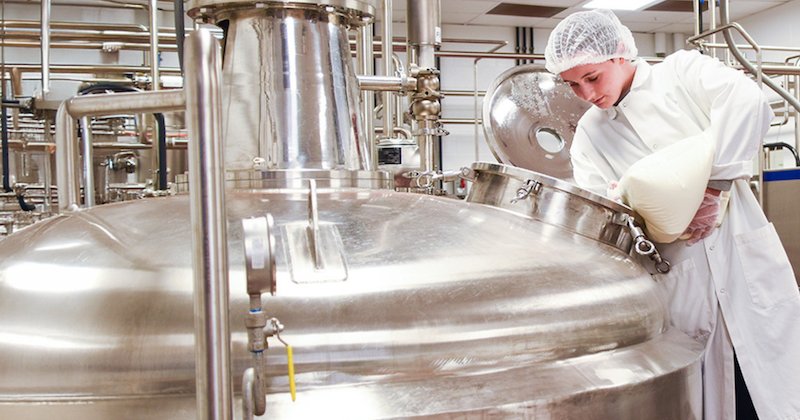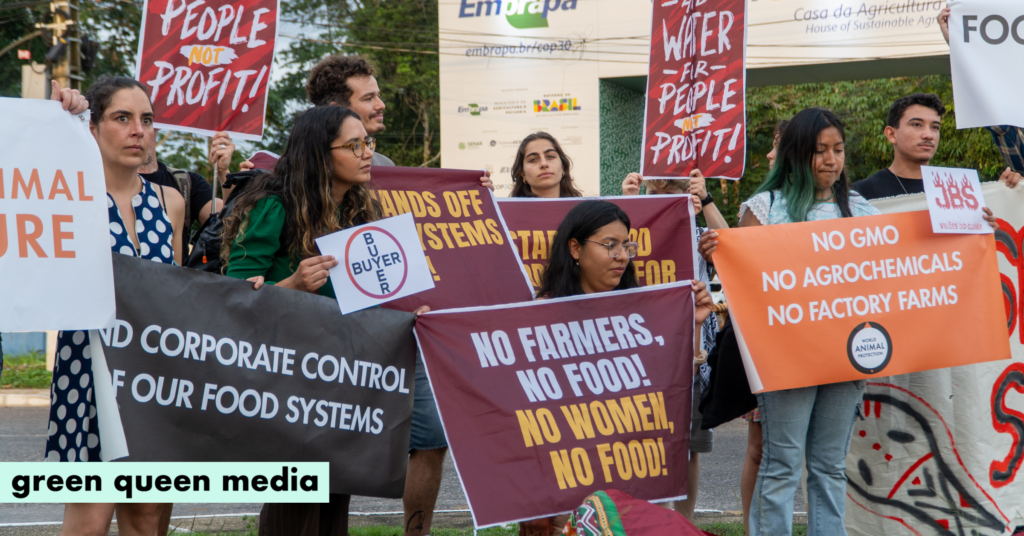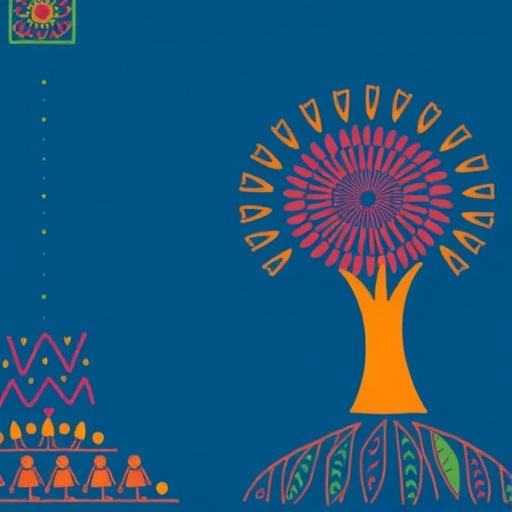Water Footprints Grow as a Tool To Measure Environmental Impact – members.asicentral.com

Report on Corporate Water Footprint Reduction and the Sustainable Development Goals
Introduction: Water Stewardship as a Core Sustainability Metric
Corporate entities are progressively adopting the measurement and disclosure of their water footprint—the total volume of water utilized in the production of goods and services—as a critical sustainability metric. This trend is particularly pronounced in water-intensive sectors such as the apparel industry. This shift is driven by increasing consumer demand for transparency and corporate accountability, aligning business practices with key United Nations Sustainable Development Goals (SDGs), primarily SDG 6 (Clean Water and Sanitation) and SDG 12 (Responsible Consumption and Production).
Understanding the Water Footprint in the Context of SDG 6
A water footprint provides a comprehensive measure of water appropriation, applicable to individual products, corporations, and nations. It serves as a vital tool for advancing SDG 6 by promoting awareness and efficient management of global water resources. The footprint encompasses both direct operational water use and indirect water use throughout the supply chain.
Components of Water Usage
The total water footprint is disaggregated into three distinct components:
- Green Water: The volume of rainwater consumed during the production process, particularly relevant for agricultural products. It is stored in the soil and evaporated or incorporated by plants.
- Blue Water: The volume of fresh surface or groundwater withdrawn from sources like rivers, lakes, and aquifers for industrial and agricultural use. Its management is central to SDG Target 6.4, which aims to ensure sustainable withdrawals.
- Gray Water: The volume of freshwater required to assimilate pollutants to meet specific water quality standards. Reducing gray water is a direct contribution to SDG Target 6.3, which focuses on improving water quality by minimizing the release of hazardous chemicals and materials.
Geographical and Temporal Considerations
A critical aspect of water footprint analysis is its contextual dependency. The impact of water consumption varies significantly based on local water availability and management systems. Sourcing water-intensive goods from regions experiencing water scarcity places undue pressure on local ecosystems and communities, highlighting the need for businesses to look beyond their direct operations to ensure water sustainability across their entire value chain, in line with the principles of SDG 6.
Strategies for Water Footprint Reduction Aligned with SDG 12
The apparel industry, a significant consumer of global freshwater resources, has a substantial responsibility and opportunity to contribute to SDG 12 (Responsible Consumption and Production). Companies can implement several strategies to reduce their water footprint and advance sustainable production patterns.
Sustainable Production and Supply Chain Management
- Material Selection: Utilizing recycled materials significantly reduces the water footprint associated with the cultivation of virgin raw materials like cotton. This practice directly supports SDG Target 12.2 on the sustainable management and efficient use of natural resources.
- Partnerships and Certification: Collaborating with organizations such as bluesign facilitates the adoption of sustainable manufacturing processes. Bluesign audits production sites to optimize resource productivity, reduce water consumption, and eliminate harmful substances, thereby ensuring that wastewater is treated and does not harm local communities or ecosystems. This approach embodies SDG 17 (Partnerships for the Goals).
- Technological and Process Efficiency: Engaging with supply chain partners who invest in efficient equipment, implement water recycling and reuse systems, and actively monitor water usage is crucial. These actions align with SDG 9 (Industry, Innovation, and Infrastructure) by upgrading industrial capabilities for sustainability.
Promoting Responsible Consumption
Beyond production, companies can influence the consumption phase of a product’s lifecycle to further reduce its environmental impact, a key tenet of SDG 12.
- Product Durability: Designing high-quality, durable products reduces the frequency of replacement, thereby decreasing overall consumption and waste.
- Consumer Education: Providing product care guidelines that recommend washing garments less frequently and in cold water helps minimize water and energy consumption during the use phase, empowering consumers to participate in sustainable practices.
Which SDGs are addressed or connected to the issues highlighted in the article?
- SDG 6: Clean Water and Sanitation – The article’s central theme is the “water footprint,” which directly relates to water consumption, management, and the quality of water resources.
- SDG 12: Responsible Consumption and Production – The article discusses how companies, particularly in the apparel industry, can adopt more sustainable production patterns by reducing water use, using recycled materials, and managing chemicals.
- SDG 9: Industry, Innovation, and Infrastructure – The article highlights the role of technology and innovation in making industries more sustainable, such as using efficient equipment, auditing production sites, and adopting new metrics like the water footprint.
- SDG 15: Life on Land – The article mentions that untreated wastewater can “harm ecosystems,” which directly connects to the protection of freshwater ecosystems and the life they support.
What specific targets under those SDGs can be identified based on the article’s content?
SDG 6: Clean Water and Sanitation
- Target 6.3: By 2030, improve water quality by reducing pollution, eliminating dumping and minimizing release of hazardous chemicals and materials, halving the proportion of untreated wastewater and substantially increasing recycling and safe reuse globally.
- This is supported by the article’s mention of partnering with organizations like bluesign to “minimize untreated wastewater that could harm ecosystems” and working with manufacturers that “recycle and reuse water.”
- Target 6.4: By 2030, substantially increase water-use efficiency across all sectors and ensure sustainable withdrawals and supply of freshwater to address water scarcity.
- The entire concept of measuring and reducing a company’s “water footprint” aligns with this target. The article suggests improving “supply chain efficiency” and using “efficient equipment” to reduce water consumption.
SDG 12: Responsible Consumption and Production
- Target 12.2: By 2030, achieve the sustainable management and efficient use of natural resources.
- The article focuses on water as a key natural resource, stating that agriculture (for raw materials like cotton) uses “70% of the world’s fresh water.” Efforts to reduce the water footprint contribute directly to this target.
- Target 12.4: By 2030, achieve the environmentally sound management of chemicals and all wastes throughout their life cycle… and significantly reduce their release to air, water and soil.
- This is addressed through partnerships with “bluesign, a sustainability certification company aiming to eliminate harmful substances from the manufacturing process” and the call to use “clean chemical products.”
- Target 12.5: By 2030, substantially reduce waste generation through prevention, reduction, recycling and reuse.
- The article suggests companies can “reduce their water footprint by using recycled materials” and “prioritize durability in their products to reduce consumer waste.”
- Target 12.6: Encourage companies, especially large and transnational companies, to adopt sustainable practices and to integrate sustainability information into their reporting cycle.
- This is a central point of the article, which states that “Companies are increasingly measuring and disclosing their water footprint” and that “Consumers have pushed for water footprint disclosure as an indicator of a company’s sustainability commitment.”
SDG 9: Industry, Innovation, and Infrastructure
- Target 9.4: By 2030, upgrade infrastructure and retrofit industries to make them sustainable, with increased resource-use efficiency and greater adoption of clean and environmentally sound technologies and industrial processes.
- This is reflected in the article’s suggestions for companies to work with manufacturers that use “efficient equipment,” to “audit production sites to reduce water consumption,” and the statement that “the technology is there” to enable these changes.
SDG 15: Life on Land
- Target 15.1: By 2020, ensure the conservation, restoration and sustainable use of terrestrial and inland freshwater ecosystems and their services.
- The article connects industrial water use to environmental health by noting that poor water management can “harm ecosystems and local communities” and puts “pressure on water resources in the exporting regions.”
Are there any indicators mentioned or implied in the article that can be used to measure progress towards the identified targets?
- Water Footprint Measurement: The article explicitly defines the “water footprint” as “an emerging measure describing the amount of water used to produce goods and services.” This is presented as a key sustainability metric that companies can measure and disclose to track their water consumption.
- Sustainability Reporting and Disclosure: The article mentions that “Companies are increasingly measuring and disclosing their water footprint” and that there is a consumer push for “water footprint disclosure.” The number of companies that report on this metric is a clear indicator of progress in corporate accountability.
- Use of Recycled Materials: The article suggests using “recycled materials” as a strategy to reduce the water footprint. The percentage of recycled content in products serves as a measurable indicator of sustainable sourcing.
- Third-Party Sustainability Certifications: Partnering with organizations like “bluesign” to audit production sites is mentioned as a key action. The number or percentage of suppliers and production facilities that achieve such certifications is an indicator of supply chain sustainability.
- Amount of Untreated Wastewater: The goal to “minimize untreated wastewater” implies that the volume of such water being discharged is a critical indicator of pollution control efforts.
- Rate of Water Recycling and Reuse: The recommendation to work with manufacturers that “recycle and reuse water” points to the volume or percentage of water recycled within the production process as an indicator of water-use efficiency.
SDGs, Targets and Indicators Table
| SDGs | Targets | Indicators |
|---|---|---|
| SDG 6: Clean Water and Sanitation | 6.3, 6.4 |
|
| SDG 12: Responsible Consumption and Production | 12.2, 12.4, 12.5, 12.6 |
|
| SDG 9: Industry, Innovation, and Infrastructure | 9.4 |
|
| SDG 15: Life on Land | 15.1 |
|
Source: members.asicentral.com

What is Your Reaction?
 Like
0
Like
0
 Dislike
0
Dislike
0
 Love
0
Love
0
 Funny
0
Funny
0
 Angry
0
Angry
0
 Sad
0
Sad
0
 Wow
0
Wow
0

